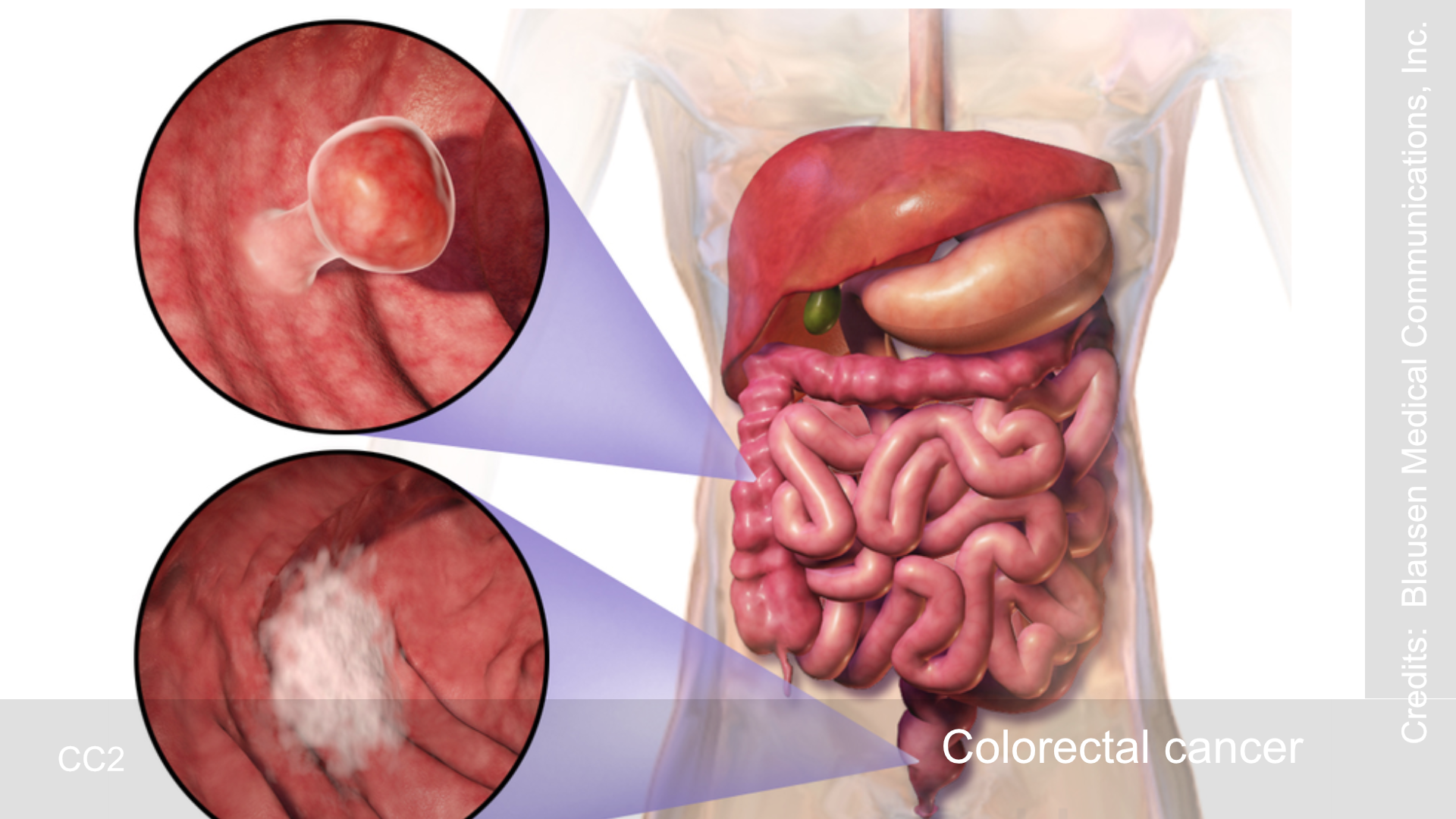The resurgence of whooping cough in the United States has prompted an urgent call to action from health officials, as the nation grapples with the highest number of cases reported in a decade. With over 18,500 cases recorded so far, the Centers for Disease Control and Prevention (CDC) is emphasizing the need for effective strategies to control and prevent further spread of this highly contagious disease.
- Resurgence of Whooping Cough: Over 18,500 cases have been reported in the U.S. in 2023, marking the highest numbers in a decade, with health officials emphasizing the importance of prevention.
- Vaccination Gaps: Declining vaccination rates, especially post-COVID-19, are contributing to the rise in cases. The DTaP vaccine for children and Tdap boosters for teens and adults are key to controlling outbreaks.
- Public Health Measures: Health campaigns to raise awareness, early detection, prompt antibiotic treatment, and promoting hygiene in schools and communities are essential strategies to combat the disease.
- Call for Action: Public health efforts need to focus on increasing vaccination coverage, debunking myths, and enhancing collaboration to reduce whooping cough cases and protect vulnerable populations.
Whooping cough, or pertussis, is a bacterial infection that affects the respiratory system. It is characterized by severe coughing fits, which can be particularly dangerous for infants and young children. The disease can lead to serious complications, including pneumonia and, in extreme cases, death. Despite the availability of a vaccine, the recent surge in cases highlights gaps in vaccination coverage and underscores the importance of public health interventions.
Health experts attribute this increase to several factors, including decreased vaccination rates and the relaxation of COVID-19 preventive measures. Before the pandemic, whooping cough cases were on a downward trend, thanks to widespread immunization efforts. However, reports indicate that vaccination rates, particularly among school-aged children, have declined, leaving many communities vulnerable to outbreaks.
One of the key strategies to combat whooping cough is ensuring widespread vaccination. The DTaP vaccine, which protects against diphtheria, tetanus, and pertussis, is an essential component of routine childhood immunizations. Additionally, the Tdap booster is recommended for teenagers and adults every 10 years to maintain immunity. Pregnant women are also advised to receive the Tdap vaccine during each pregnancy to protect their newborns.
Public health campaigns are crucial in raising awareness about the importance of vaccination. Educational initiatives aimed at dispelling myths and misinformation about vaccines can help increase acceptance and uptake. Health providers play a pivotal role in these efforts by engaging with patients and encouraging adherence to vaccination schedules.
In addition to vaccination, early detection and treatment of whooping cough are vital in controlling outbreaks. Prompt administration of antibiotics can reduce the severity and duration of symptoms, as well as prevent transmission to others. Health officials recommend that individuals with symptoms or those who have been exposed to pertussis seek medical attention promptly.
Communities can also implement practical measures to minimize the spread of whooping cough. These include promoting good hygiene practices, such as regular handwashing and covering coughs and sneezes. Schools and daycare centers should have protocols in place to manage suspected cases and prevent outbreaks among children.
The rise in whooping cough cases serves as a stark reminder of the need for continued vigilance in public health efforts. By prioritizing vaccination, enhancing public awareness, and implementing effective prevention strategies, the impact of this preventable disease can be mitigated. With collaborative efforts from health authorities, communities, and individuals, the nation can work towards reducing the incidence of whooping cough and protecting the health of its citizens.
Whooping Cough (Pertussis): A Persistent Respiratory Threat
Whooping cough, also known as pertussis or the 100-day cough, is a highly contagious bacterial infection that affects the respiratory system. While the disease is vaccine-preventable, it continues to pose a serious health threat, especially to young children and infants. Characterized by prolonged coughing fits and a distinctive “whoop” sound during inhalation, pertussis can lead to severe complications if left untreated. This article delves into the nature of whooping cough, its symptoms, causes, prevention, and treatment options.
Symptoms and Course of the Disease
Whooping cough typically begins with symptoms resembling the common cold, including a runny nose, fever, and a mild cough. After a week or two, the disease progresses to more severe and characteristic coughing fits, which can last for two to three months or longer. The condition is often referred to as the 100-day cough due to the prolonged duration of the symptoms.
The cough itself is violent and can result in:
- Vomiting
- Rib fractures from the intensity of the coughing
- Severe fatigue
After a fit of coughing, many individuals produce a high-pitched whooping sound or gasp when they try to breathe in, though this symptom may be absent in children under one year old. In infants, who may not exhibit the classic cough, there can be periods where they stop breathing entirely, making the disease particularly dangerous for them. The incubation period—the time between exposure and symptom onset—is usually around seven to ten days.
Cause and Transmission
Whooping cough is caused by the bacterium Bordetella pertussis, which is spread through respiratory droplets when an infected person coughs or sneezes. The disease is highly contagious, and individuals are most infectious during the early stage of the illness, from the onset of cold-like symptoms until about three weeks into the severe coughing stage.
Diagnosis and Treatment
Diagnosis of whooping cough is typically done by taking a sample from the back of the nose and throat and testing it through either culture or polymerase chain reaction (PCR). Once diagnosed, the primary treatment for whooping cough is the use of antibiotics—specifically erythromycin, azithromycin, clarithromycin, or trimethoprim/sulfamethoxazole. Antibiotics are most effective when administered early in the course of the disease, within three weeks of symptom onset. For vulnerable groups like pregnant women and infants under one year old, treatment is recommended within six weeks.
Although antibiotics can prevent the spread of the infection and shorten its duration, once the coughing fits have begun, they may not significantly reduce the severity or frequency of the cough in most individuals. For severe cases, especially in young children, hospitalization may be required, with nearly 50% of infected infants under one year needing hospital care. Approximately 0.5% of these cases result in death.
Prevention: The Pertussis Vaccine
The most effective way to prevent whooping cough is through vaccination. The pertussis vaccine is typically administered in combination with diphtheria and tetanus vaccines (the DTaP or Tdap vaccines). The initial series of vaccinations is recommended between six and eight weeks of age, with four doses given by the time the child is two years old.
However, protection from the vaccine wanes over time, which is why additional booster doses are recommended for older children and adults. This is especially important for people who are in close contact with infants or other vulnerable individuals.
Vaccination during pregnancy is also highly recommended, as it provides passive immunity to the newborn, protecting them during the critical first few months of life when they are most at risk. Pregnant women who receive the vaccine between 27 and 36 weeks of gestation can help shield their babies from contracting the disease.
Global Impact and Historical Context
Pertussis continues to be a major public health concern, particularly in the developing world, where vaccination coverage may be lower. In 2015, an estimated 16.3 million people were infected with whooping cough, leading to approximately 58,700 deaths. This is a significant reduction from 138,000 deaths in 1990, largely due to the widespread availability of the vaccine.
Historically, the disease has been known since the 16th century, but it wasn’t until 1906 that the bacterium Bordetella pertussis was identified as the cause of whooping cough. The pertussis vaccine was developed and became widely available in the 1940s, marking a major milestone in controlling the disease.





